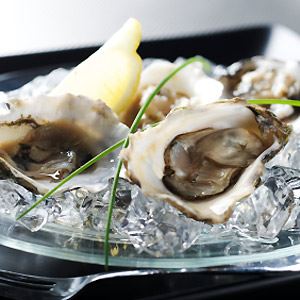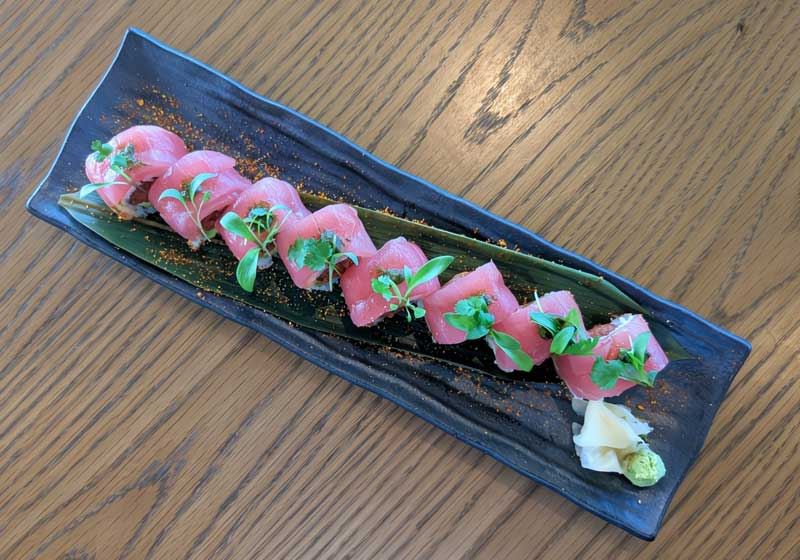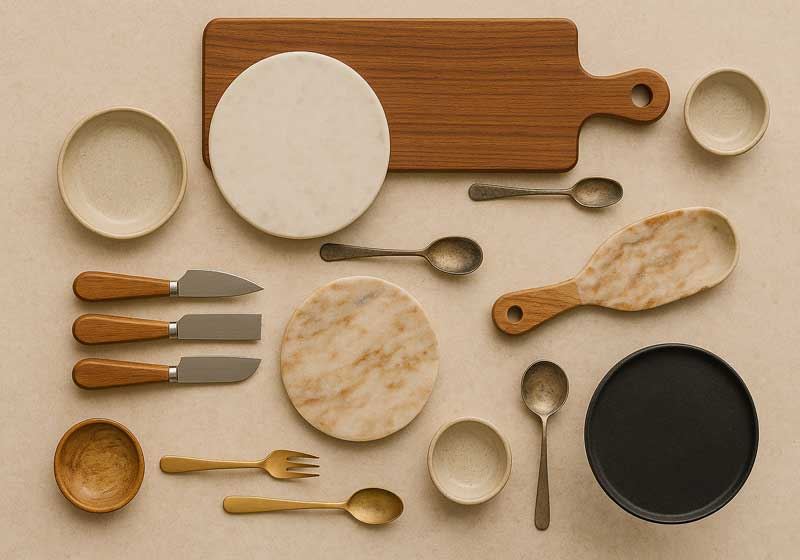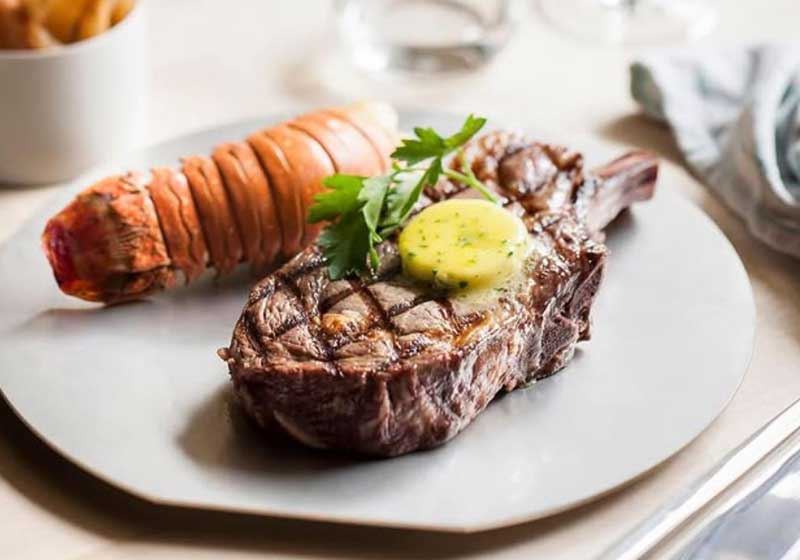Slow-cooked Cinnamon and Star Anise Beef Cheeks - Chef Recipe by Ashraf Saleh
4
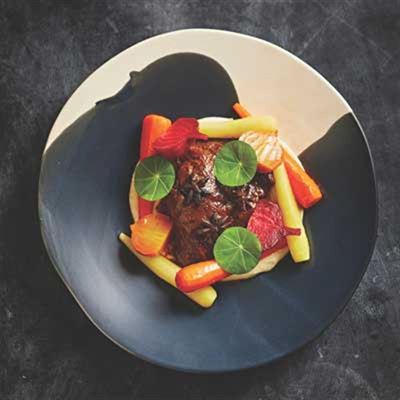
Ingredients
1.6 kg beef cheeks
50 g butter
750mL good quality red wine
1L beef stock
6 cinnamon quills
6 star anise
Salt and pepper to season
Nasturtium leaves
Potato purée:
500 g mashing potatoes
100mL double cream
50mL milk
200 g unsalted butter at room temperature
Salt to taste
Method
Melt butter in a heavy-based saucepan until golden, seal the beef cheeks.
Add the red wine, beef stock, cinnamon quills and star anise. Cover and cook on medium heat for 2 2 1/2 hours. You can also cook the meat in the oven in a baking dish with a lid.
Remove beef from pan, set aside until needed.
Strain liquid and return to the pot. Reduce the liquid by simmering over medium heat until it is sauce consistency, skimming off any fat or impurities from the surface as it reduces.
Season with salt and pepper if needed.
Potato purée:
Peel potatoes and place them in a pan of cold water to prevent discolouration.
Quarter the potatoes, making sure the pieces are all roughly the same size so they cook evenly.
Top up the pan with cold water if necessary and heavily season with salt. Bring to a boil, reduce the heat and simmer for 15-20 minutes, or until the potatoes are soft.
Drain and leave to steam dry for a few minutes.
Meanwhile, place cream and milk in a pan. Bring to a gentle simmer over medium heat.
While still hot, push the potatoes through a mouli, or potato ricer. Fold the cream mixture into the mash and add the butter. Bring the mash together quickly until you have a silky-smooth purée and return to the heat if needed. Be careful not to overheat or over-mix – you could split the cream if it gets too hot and overworking the potato will make it gluey.
Season with salt and serve immediately.
To serve:
Put a generous serve of potato purée on a plate, top with beef cheeks, pour the reduced sauce on top and garnish with nasturtium leaves.
Can be served with heirloom vegetables, such as carrot and beetroot.
Recipe provided by Coya Sydney



